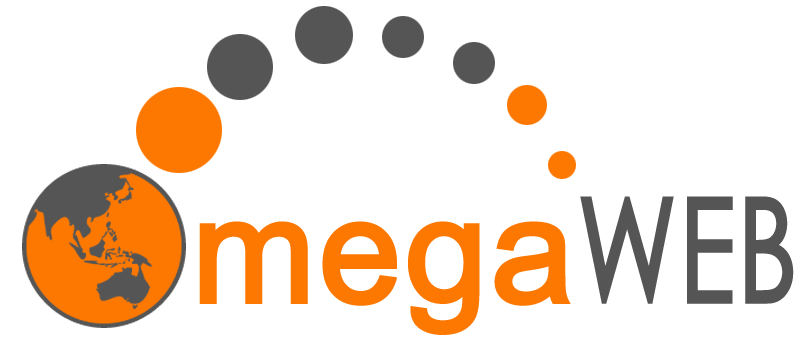Introduction
In the digital age, having a strong online presence is crucial for businesses and individuals alike. Good web development plays a pivotal role in creating websites that are not only visually appealing but also functional, accessible, and user-friendly. In this article, we will explore the 10 basic principles of good web development that every developer should adhere to in order to create exceptional websites that stand out in today’s competitive landscape.
Accessibility
Accessibility refers to the design and development of websites that can be easily accessed and used by people with disabilities. This includes individuals with visual, auditory, motor, or cognitive impairments. Ensuring accessibility is not only a legal requirement in many countries but also a moral imperative. Techniques for enhancing accessibility include using semantic HTML, providing alternative text for images, ensuring keyboard navigation, and testing with assistive technologies.
Responsiveness
Responsiveness is the ability of a website to adapt and provide an optimal viewing experience across a wide range of devices and screen sizes. With the increasing use of smartphones and tablets, it’s essential for websites to be mobile-friendly. Techniques for achieving responsiveness include using fluid layouts, flexible images, and CSS media queries to adjust the layout and design based on the device’s screen size.
Performance Optimization
Performance optimization focuses on improving the speed and efficiency of a website to enhance user experience and search engine rankings. Fast-loading websites are crucial for retaining visitors and reducing bounce rates. Strategies for optimizing performance include minimizing HTTP requests, optimizing images and multimedia content, leveraging browser caching, and reducing server response times.
User-Centric Design
User-centric design emphasizes understanding the needs and preferences of users and designing websites that prioritize usability and user experience. Intuitive navigation, clear layout, and accessible content are key aspects of user-centric design. Techniques for creating user-centric designs include conducting user research, creating user personas, and testing prototypes with real users.
Compatibility
Compatibility involves ensuring that a website is compatible with different browsers, operating systems, and devices. Cross-browser and cross-device compatibility is essential for reaching a wider audience and providing a consistent user experience. Techniques for ensuring compatibility include testing websites on multiple browsers and devices, using progressive enhancement, and adhering to web standards.
Security
Security is paramount in web development to protect websites and users from cyber threats such as hacking, data breaches, and malware attacks. Implementing security measures such as HTTPS encryption, secure authentication, input validation, and regular security audits is essential for safeguarding sensitive information and maintaining trust with users.
Scalability
Scalability refers to the ability of a website to handle increasing amounts of traffic and data without sacrificing performance or user experience. Designing scalable websites involves using efficient coding practices, scalable architectures, and cloud-based hosting solutions. Techniques for designing scalable websites include horizontal and vertical scaling, load balancing, and caching.
Maintainability
Maintainability is the ease with which a website can be maintained, updated, and modified over time. Well-structured code, documentation, and version control are essential for ensuring maintainability. Strategies for ensuring code maintainability include following coding standards, modularizing code, and automating testing and deployment processes.
SEO-Friendliness
SEO-friendliness involves optimizing websites for search engines optimization SEO to improve visibility and rankings in search results. Techniques for optimizing websites for SEO include using descriptive page titles and meta descriptions, creating SEO-friendly URLs, optimizing page speed and performance, and generating high-quality, relevant content.
Innovation
Innovation is the driving force behind advancements in web development, pushing the boundaries of creativity and technology. Staying updated with industry developments and embracing new technologies and trends is essential for staying ahead of the competition. Examples of innovative web development projects include immersive user experiences, interactive storytelling, and experimental web technologies.
Conclusion
In conclusion, adhering to the 10 basic principles of good web development is essential for creating websites that are accessible, responsive, performant, user-centric, compatible, secure, scalable, maintainable, SEO-friendly, and innovative. By incorporating these principles into web development in Sydney projects, developers can create exceptional websites that deliver outstanding user experiences and achieve business goals effectively in today’s digital landscape.





